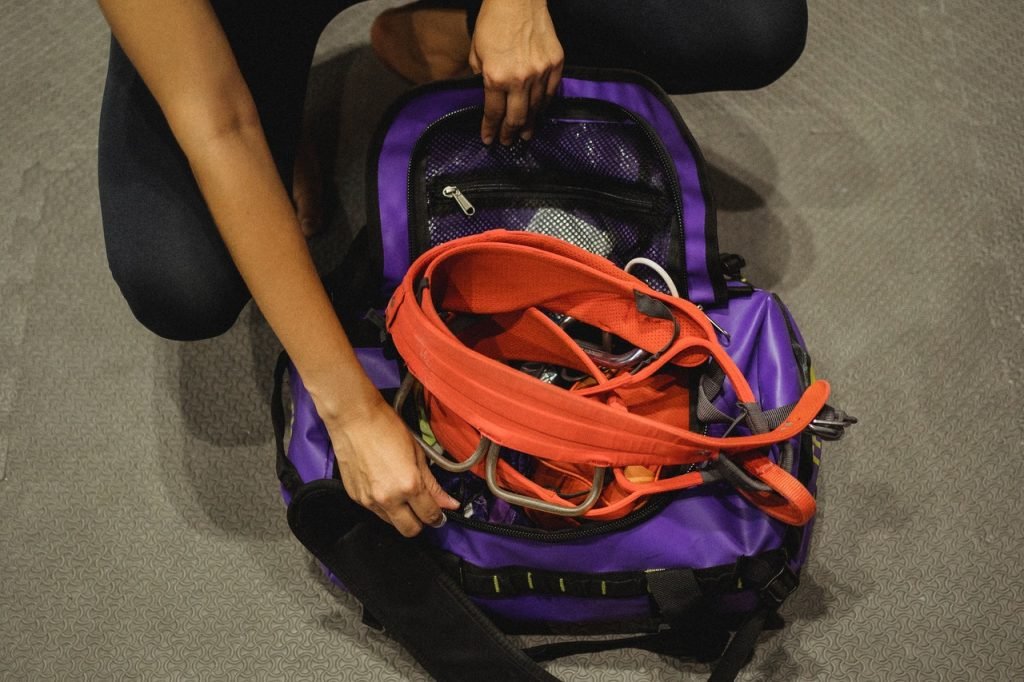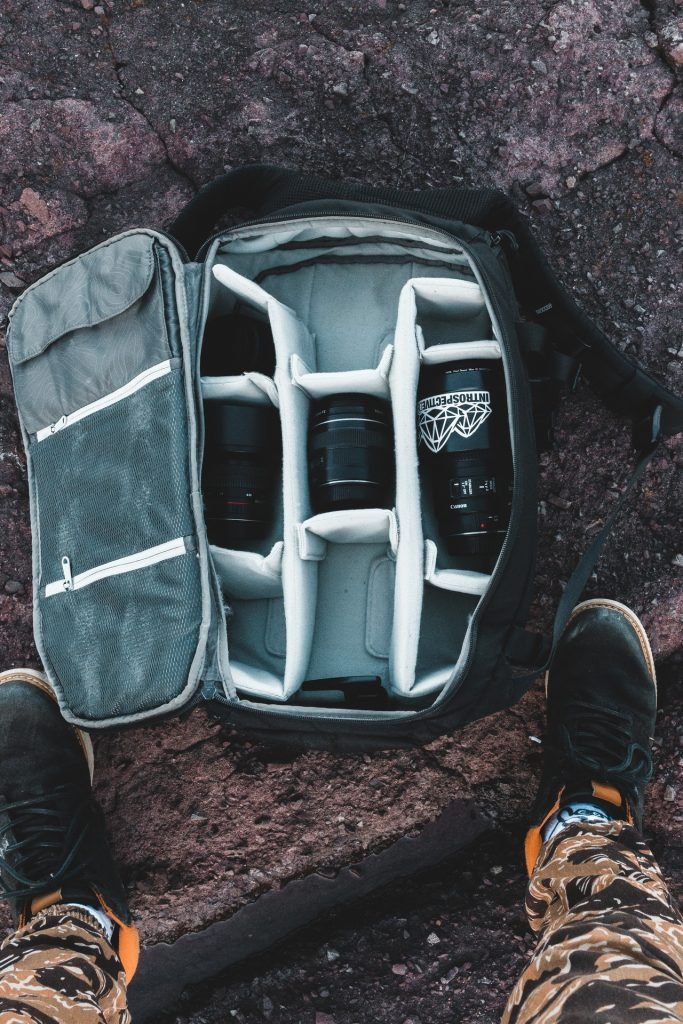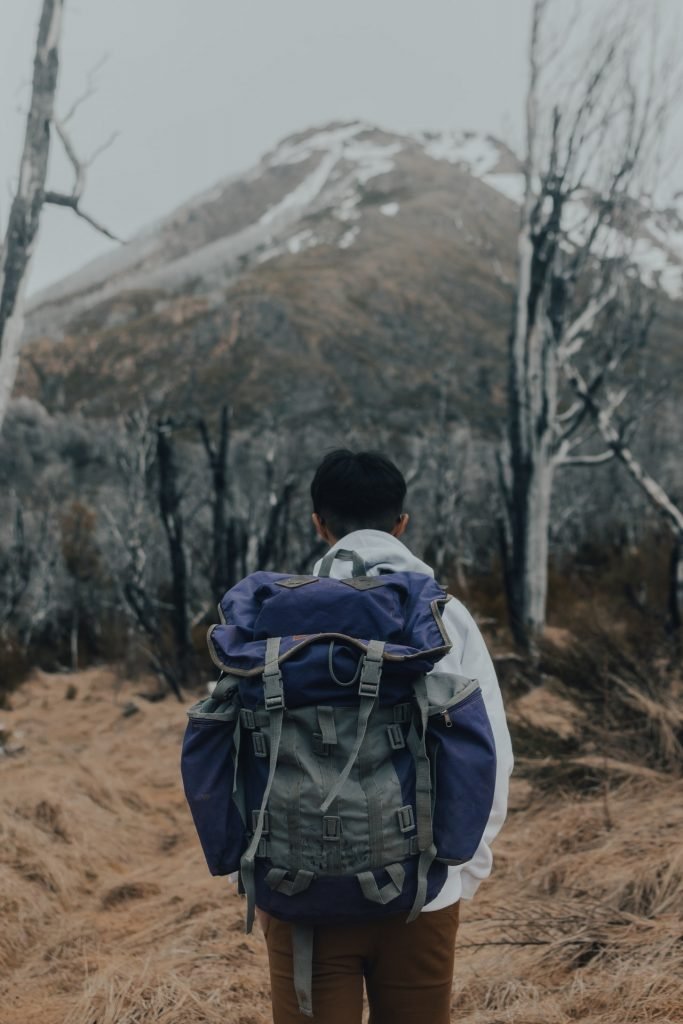Your lifestyle, profession, and hobbies probably dictate the type of bag of your preference. Whether you are a camper, hiker, huntsman, trekker, soldier, or climber, you must have a list of what your sack for your gears should be.
Top things to consider when shopping for your gear bag:
Purpose
When you shop for your necessities, your primary purpose for using it mainly drives your decision. Setting your parameters based on your needs can make it easier to make the right choice. To find the perfect gear bag, look into its features. Ensure that they find solutions to your problems.
Capacity
Picking the right size of the sack is essential. It must accommodate all your things. Neither should it be too big nor too small. It has to be big enough to hold your gear but not so large that you’ll carry the unnecessary weight.
Fit
Fit is crucial to carry your gear comfortably on a hunting trip or a field exercise. Carrying comfort outweighs whatever features your bag holds. It starts with a proper fit. Try to find the size that complements your height and your back.
Appearance
Do you have color patterns and combinations in mind? Most tactical bags are made with a militaristic appearance, featuring colors like coyote brown, olive drab, or camouflage patterns. These hues are designed to conceal troops in specific operating environments. Huntsmen might also benefit from these sack qualities.
Special Features
Features are added to help you accomplish your mission. These boost the comfortability, durability, and functionality of the bag. Special features allow you to store your gear efficiently, give you ease of carrying, and ensuring that the pack lasts long to serve you in numerous trips and expeditions.
One such feature is the MOLLE (Modular Lightweight Load-carrying Equipment) webbing. These are pouches and packs that can be attached to compatible backpacks. If you are pulling on between light and heavy adventures, this feature will undoubtedly be beneficial.
Parts of a gear bag
With so many features, styles, and sizes to choose from, finding the right bag can be overwhelming. Navigate your options better by considering the essential parts of a gear bag.

Size
Although bags are often measured in cubic inches, it is better to think of bag sizes in terms of liters. Since most are not perfect rectangles, liters more accurately represent their size. Size usually starts at around 5 liters. There are more extensive options of 60 liters or more for your higher requirements.
A low-capacity bag will undoubtedly be lighter. It will not hold as much as a giant bag will. Carefully select which one to buy or use based on your trip. For overnight trips, you’ll need something in the 40- to the 70-liter range.
If you’re going on a weeklong trek and need to carry a lot, you will need more space. The average backpacker usually owns a gear bag with 45-65 liters. This size is ideal for most trips.
It is also wise to consider the weight of the bag. Depending on their features, they weigh anywhere from one to five pounds. Two to three pounds is a good range for most people. Although cushier types are heavier, they are more forgiving from pressing the bags contents into your body.
Straps
Though bags can ideally carry a lot, one crucial feature is load management. Poor load management upshots high fatigue and various injuries. It is essential to understand how to carry your gear properly by properly utilizing its straps.
- Shoulder Straps: These are the hallmark for carrying any backpack. They should be adjustable for a custom fit. Different styles include straight, curved, and one-piece.
- Sternum Straps: These help to provide more comfort and stability. They make the load management better by dispersing the weight across your chest and shoulders. It prevents your pack from swinging when going through rough terrain.
- Hip Belts: These hand over the weight of a heavy pack from your back and shoulders to your hips. You spend less energy carrying the total load on your shoulders.
Also, keep in mind that wide straps distribute weight better. Bags are generally easier to carry when the straps are wide. This is especially truer when they are padded.
Frames
Frames are essential to prevent an overstuffed bag from barreling out against your back. They are typically built with exceptionally lightweight materials, so there is no need to worry about the extra weight. Your pack will feel right against your body. There are different types of frames:
- Frame Sheets: These are typically used on smaller packs as a lightweight option to provide rigidity.
- Internal Frame: This frame is standard in larger packs where a simple frame sheet is inadequate for carrying weight. It is usually made from aluminum rods and effectively transfers the load from the shoulders to the hips.
- External Frame: Less common today, this frame is built on the outside. Although heavier than internal ones, they are helpful because you can strap items directly to them.
Access and Opening
When choosing your gear container, you typically look at how you can store your gear and make it easier to carry. Just as important is how you retrieve your gear. How accessible is your stuff from your bag? Here are some of the common styles:
- Splayed: These allow your bag’s compartments to fan out when unzipped. It provides easy, immediate access to the contents inside each compartment.
- Clamshell: This features a zippered opening on three sides with a single side attached to the pack that acts as a hinge. It is helpful for the organization since it allows the main compartment to group items as needed.
- T-Access: This style is best if you can keep your bag upright. Doing this, your gear stays packed without spillage.
- Y-Access: Otherwise known as a three-zip opening style, it allows the entire front of the backpack to open up. It is highly versatile as it delivers very efficient access to your gear.
- Front Access: Perfect for those who prioritize the organization, this type places a zipper vertically along the front of the bag. It offers compartmentalized access to particular sets of items.
- Rolltop: This type of opening features a top flap that rolls up like a dry bag and typically closes shut with a buckle. It renders your pack water-resistant and is the best choice when the weather is an issue.
- Side Access: Zippers on the side are typically a secondary opening. They are suitable for grabbing your stuff from the bottom of a backpack without disturbing the other contents.

Organization
Organization is another vital facet of any bag. Most people tend to pack intuitively to have access to items in the needed order.
Pockets are the easiest way to organize your gear. They allow you to sort your belongings by different categories for quick and convenient access. The most common organizational pockets in a bag are the main compartment, secondary compartment, laptop sleeve, mesh pockets, glasses pouch, and document pouches.
Other organization features include Velcro fields, pen slots, and MOLLE webbing.
Materials
There are several materials utilized in the production of gear bags. Tactical backpacks are typically made of those proven to be heavy-duty and durable.
- Cordura: A rigid fabric that is resistant to scuffs, abrasions, and tears. The US military has relied on this material for over 45 years for its incredible durability. It has been utilized to produce footwear, shirts, pants, jackets, bags, and backpacks.
- Ballistic Nylon: This thick fabric is extremely resilient. Bags that accommodate military ammunition and heavy outdoor equipment have been made with this type of nylon.
- Ripstop: As its name implies, it is resistant to ripping and tearing. It provides above-average durability as it remains lightweight, thin, and comfortable.
- Polyester: Commonly used in clothing, its inclusion in bag manufacturing offers comfortability and easy-to-carry characteristics while delivering adequate durability.

Choosing your gear bag boils down to personal necessity and the kinds of trip you’re planning to go to with your bag. There’s a wide range of factors to think about. Being knowledgeable and selective about these is the best way to decide which bag to pick.
LCR Services is a high-volume tactical gear and accessories manufacturer in Arizona, USA. We specialize in high-quality industrial cut-and-sew tactical materials. If you or your group require tactical accessories such as bags and backpacks, you can email us at sennsour@lcrsvcs.com or call us at 602-200-4277.
